This thorough guide will help you decide whether to use objectives and key results (OKRs), and will teach you to do so effectively. OKR gurus Paul Niven and Ben Lamorte provide details, definitions and examples, as well as the types of objectives, the right number of key results, how to score and grade your progress, when to meet and how often, and even what features to seek in OKR software. More than 200 pages about OKR may seem like a stretch – and there is a bit of extraneous material – but those who must lead an OKR initiative, especially novices, will value this substantive guidance.
Objectives and key results (OKRs) have spread throughout a significant part of the technology sector and now make inroads across industries.
When Google adopted the objectives and key results (OKR) approach to goal setting and performance management in the 1990s, it heralded a resurgence of a technique first employed by Intel and evangelized by Silicon Valley financier and Google investor John Doerr.
An executive who first learns about OKRs in the morning can use them by afternoon. OKRs support project-style execution – for example, when teams form and disband around a project’s lifespan.
Objectives describe what you want to do. Key results tell you whether you did it.
OKRs consist of objectives and key results. Describe your objectives qualitatively – what you want to achieve. Write your key results so you can measure them. A worthy objective might read as follows: “Design a compelling website that attracts people.” Corresponding key results might include details such as “20% of visitors return to the site in one week” and “10% of our visitors inquire about our training and consulting services.”
Objectives...









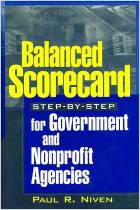


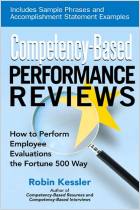
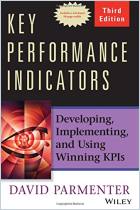
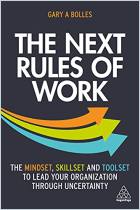
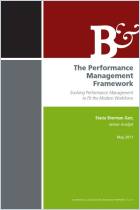





Comment on this summary or Start Discussion